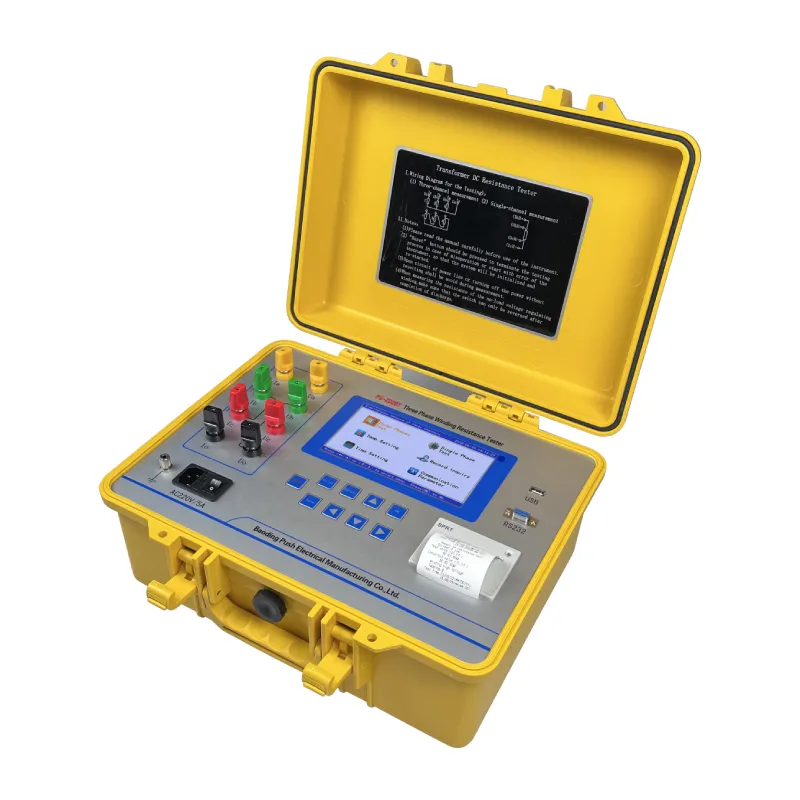TEL:
+86-0312-3189593
 English
English

Telephone:0312-3189593

Email:sales@oil-tester.com

-
 Afrikaans
Afrikaans -
 Albanian
Albanian -
 Amharic
Amharic -
 Arabic
Arabic -
 Armenian
Armenian -
 Azerbaijani
Azerbaijani -
 Basque
Basque -
 Belarusian
Belarusian -
 Bengali
Bengali -
 Bosnian
Bosnian -
 Bulgarian
Bulgarian -
 Catalan
Catalan -
 Cebuano
Cebuano -
 China
China -
 China (Taiwan)
China (Taiwan) -
 Corsican
Corsican -
 Croatian
Croatian -
 Czech
Czech -
 Danish
Danish -
 Dutch
Dutch -
 English
English -
 Esperanto
Esperanto -
 Estonian
Estonian -
 Finnish
Finnish -
 French
French -
 Frisian
Frisian -
 Galician
Galician -
 Georgian
Georgian -
 German
German -
 Greek
Greek -
 Gujarati
Gujarati -
 Haitian Creole
Haitian Creole -
 hausa
hausa -
 hawaiian
hawaiian -
 Hebrew
Hebrew -
 Hindi
Hindi -
 Miao
Miao -
 Hungarian
Hungarian -
 Icelandic
Icelandic -
 igbo
igbo -
 Indonesian
Indonesian -
 irish
irish -
 Italian
Italian -
 Japanese
Japanese -
 Javanese
Javanese -
 Kannada
Kannada -
 kazakh
kazakh -
 Khmer
Khmer -
 Rwandese
Rwandese -
 Korean
Korean -
 Kurdish
Kurdish -
 Kyrgyz
Kyrgyz -
 Lao
Lao -
 Latin
Latin -
 Latvian
Latvian -
 Lithuanian
Lithuanian -
 Luxembourgish
Luxembourgish -
 Macedonian
Macedonian -
 Malgashi
Malgashi -
 Malay
Malay -
 Malayalam
Malayalam -
 Maltese
Maltese -
 Maori
Maori -
 Marathi
Marathi -
 Mongolian
Mongolian -
 Myanmar
Myanmar -
 Nepali
Nepali -
 Norwegian
Norwegian -
 Norwegian
Norwegian -
 Occitan
Occitan -
 Pashto
Pashto -
 Persian
Persian -
 Polish
Polish -
 Portuguese
Portuguese -
 Punjabi
Punjabi -
 Romanian
Romanian -
 Russian
Russian -
 Samoan
Samoan -
 Scottish Gaelic
Scottish Gaelic -
 Serbian
Serbian -
 Sesotho
Sesotho -
 Shona
Shona -
 Sindhi
Sindhi -
 Sinhala
Sinhala -
 Slovak
Slovak -
 Slovenian
Slovenian -
 Somali
Somali -
 Spanish
Spanish -
 Sundanese
Sundanese -
 Swahili
Swahili -
 Swedish
Swedish -
 Tagalog
Tagalog -
 Tajik
Tajik -
 Tamil
Tamil -
 Tatar
Tatar -
 Telugu
Telugu -
 Thai
Thai -
 Turkish
Turkish -
 Turkmen
Turkmen -
 Ukrainian
Ukrainian -
 Urdu
Urdu -
 Uighur
Uighur -
 Uzbek
Uzbek -
 Vietnamese
Vietnamese -
 Welsh
Welsh -
 Bantu
Bantu -
 Yiddish
Yiddish -
 Yoruba
Yoruba -
 Zulu
Zulu
Gearr . 13, 2025 08:53
Back to list
temperature rise test of transformer pdf
Temperature rise testing of transformers is a critical assessment in the field of electrical engineering, providing essential insights into the efficiency and safety of these indispensable devices. Transformers are pivotal in ensuring the reliable transmission and distribution of electrical energy across power grids. This article delves into the nuances of temperature rise tests, a subject that demands an in-depth understanding due to its implications on transformer performance and longevity.
Post-test analysis involves comparing the recorded temperatures with the allowable limits determined by the design and material specifications. This comparative analysis is vital in certifying the transformer as fit for purpose, meeting both safety and performance criteria. An aspect often overlooked by general audiences but critically acclaimed in professional circles is the evolution of testing technologies. Traditional methods have now been augmented by advanced diagnostic techniques such as infrared thermography and fiber optic temperature sensors. These technologies provide a non-invasive means to capture temperature distributions with higher accuracy and resolution, enhancing the reliability of the assessments. The implications of temperature rise testing extend beyond the individual transformer. Power utilities rely on these tests to ascertain the operational efficiency and energy loss metrics, contributing to the overall grid performance. A transformer operating within its optimal thermal limits is not only safer but also contributes to reduced operational costs and energy savings. Additionally, such precise assessments ensure compliance with regulatory standards, a crucial aspect given the increasing focus on energy efficiency and sustainability. In conclusion, the temperature rise test for transformers is a fundamental evaluation that ensures these crucial components of power systems operate efficiently and safely. Expertise in this domain involves understanding the thermodynamic principles, the material properties under thermal stress, and utilizing sophisticated tools for precise measurement. Collectively, these factors bolster the credibility and trustworthiness of the testing outcomes, reinforcing the importance of this practice in the broader context of electrical energy distribution and management.


Post-test analysis involves comparing the recorded temperatures with the allowable limits determined by the design and material specifications. This comparative analysis is vital in certifying the transformer as fit for purpose, meeting both safety and performance criteria. An aspect often overlooked by general audiences but critically acclaimed in professional circles is the evolution of testing technologies. Traditional methods have now been augmented by advanced diagnostic techniques such as infrared thermography and fiber optic temperature sensors. These technologies provide a non-invasive means to capture temperature distributions with higher accuracy and resolution, enhancing the reliability of the assessments. The implications of temperature rise testing extend beyond the individual transformer. Power utilities rely on these tests to ascertain the operational efficiency and energy loss metrics, contributing to the overall grid performance. A transformer operating within its optimal thermal limits is not only safer but also contributes to reduced operational costs and energy savings. Additionally, such precise assessments ensure compliance with regulatory standards, a crucial aspect given the increasing focus on energy efficiency and sustainability. In conclusion, the temperature rise test for transformers is a fundamental evaluation that ensures these crucial components of power systems operate efficiently and safely. Expertise in this domain involves understanding the thermodynamic principles, the material properties under thermal stress, and utilizing sophisticated tools for precise measurement. Collectively, these factors bolster the credibility and trustworthiness of the testing outcomes, reinforcing the importance of this practice in the broader context of electrical energy distribution and management.
Previous:
Latest news
-
Testing Equipment Industry Sees Major Advancements in 2025: Smart & Precision Technologies Lead the WayNewsJun.06,2025
-
Applications of Direct Current Generators in Renewable Energy SystemsNewsJun.05,2025
-
Hipot Tester Calibration and Accuracy GuidelinesNewsJun.05,2025
-
Digital Circuit Breaker Analyzer Features and BenefitsNewsJun.05,2025
-
Benefits of Real-Time Power Quality Monitoring Devices for Industrial EfficiencyNewsJun.05,2025
-
Earth Fault Loop Testing in High-Rise Building Electrical SystemsNewsJun.05,2025



